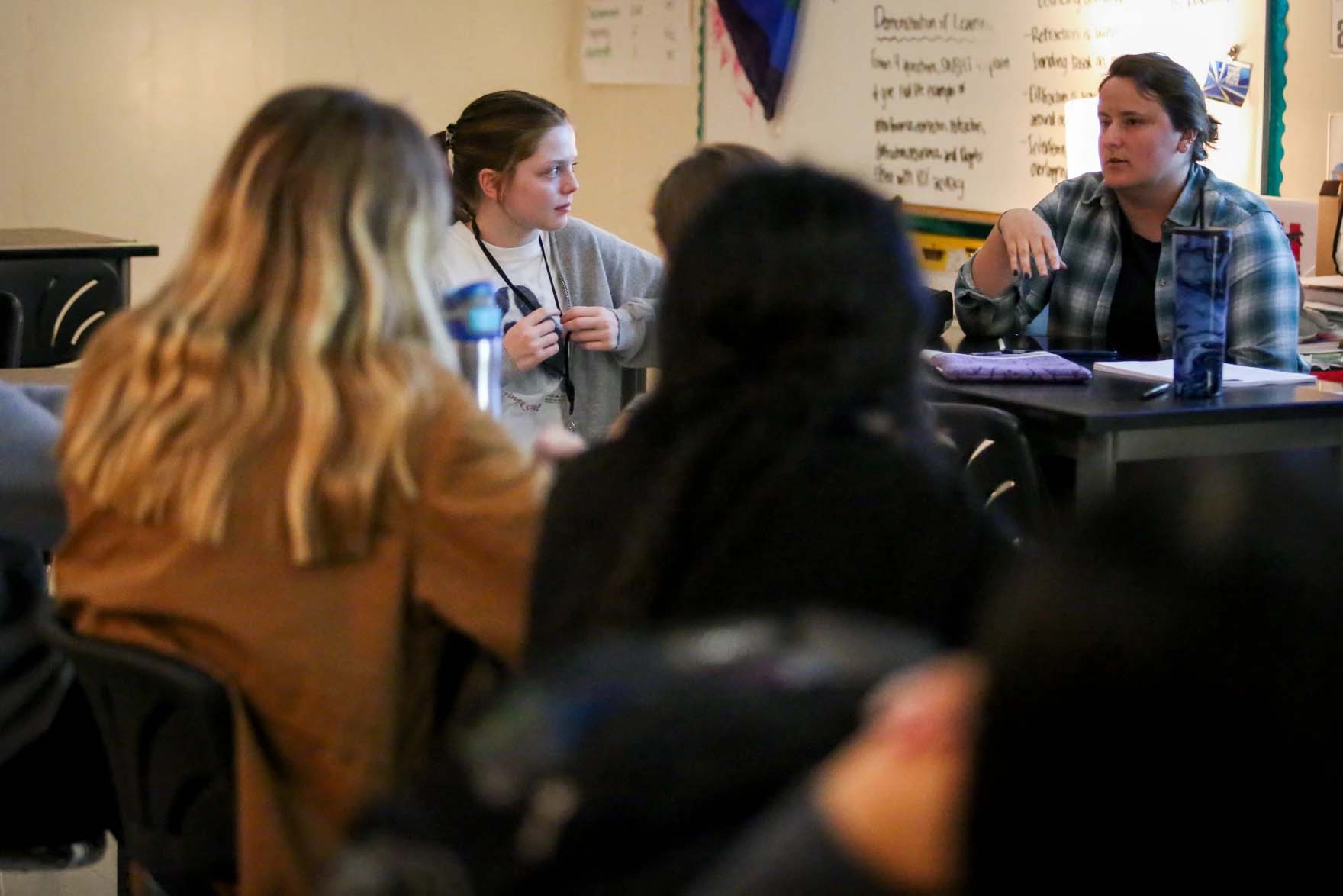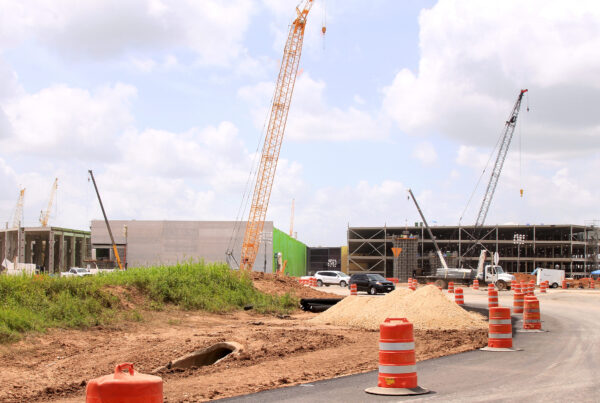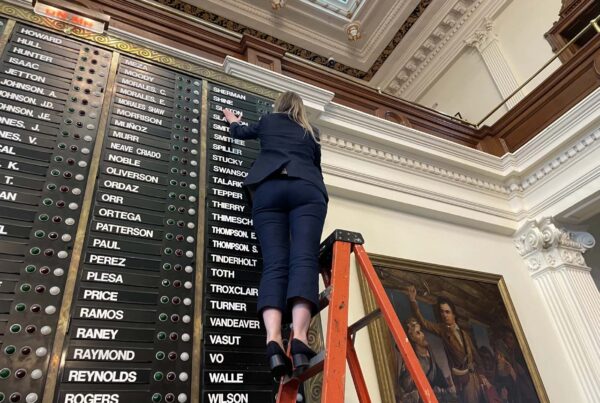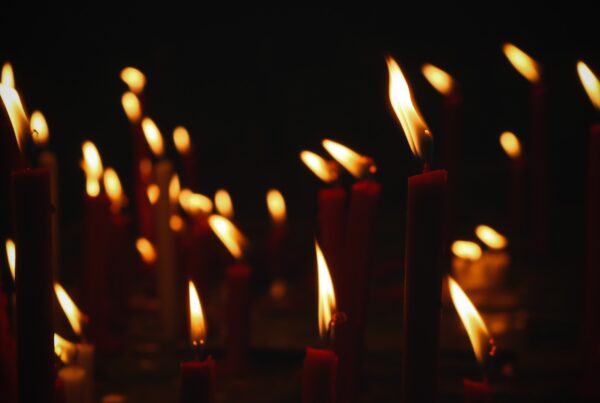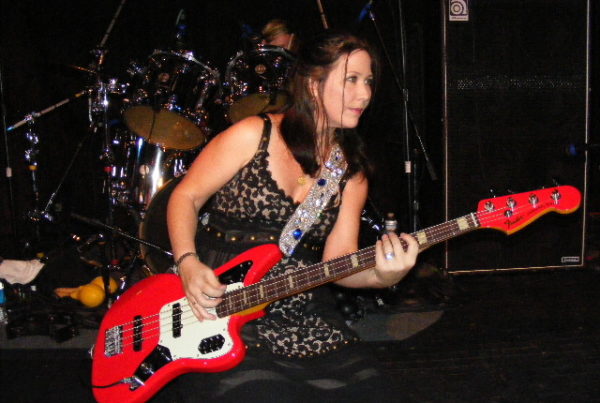From KERA News:
Students in North Texas are speaking out against gun violence — but they say they aren’t being heard by the state legislature.
Gun violence against children and school shootings are up. Just this weekend, three children were among the eight people killed by a gunman at an outlet mall in Allen. And children are more likely to die as a result of gun violence than any other cause of death, according to the Center for Disease Control’s mortality database.
A recent Pew Research analysis of that data found that the number of kids who died from gun violence increased by 50% between 2019-2021. More than half of those deaths in 2021 were homicides according to the analysis.
Neve Healy is a fifteen-year-old student at Hillcrest High School in Dallas. She said the threat of gun violence impacts her daily life at school.
“I think every student can say the same from anywhere in America — because we have the potential to be affected by it,” Healy.
A present threat
Students Demand Action, a national organization with chapters at schools in North Texas, advocates against gun violence. Chapters in DFW participated in a nationwide walkout in April shortly after two shootings at local high schools. But some school administrations are hesitant to publicly support their students’ protests — and students say they feel lawmakers in Texas aren’t listening to their pleas for change.
Ryley Collins is a 15-year-old freshman at Jasper High School in Plano. She said she’s scared of gun violence happening at her school, even though she goes to school in a privileged area.
“For someone like me to feel scared to go to school is a big thing,” Collins said. “It just shows you the reach of gun violence.”
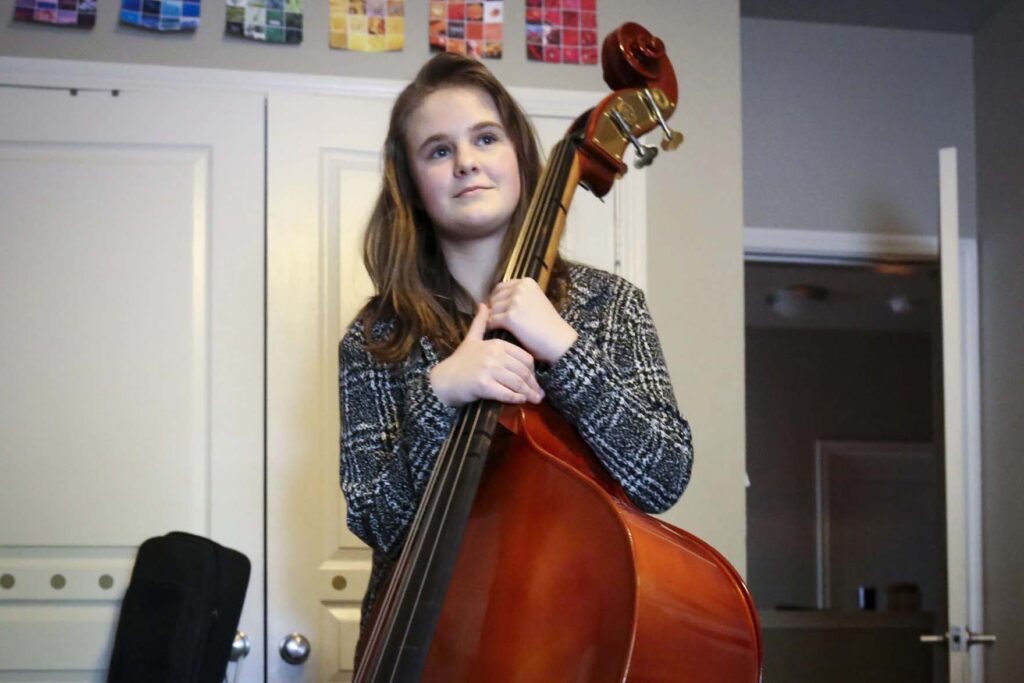
Ryley Collins, 15, is involved with Students Demand Action club. She also plays the double base at Jasper High School in Plano.
Yfat Yossifor / KERA
The student advocacy group was founded after the Parkland school shooting in Florida at Marjory Stoneman Douglas High School. School shootings have gone up since the Parkland shooting in 2018. David Riedman, the founder of the K-12 shooting database, said school shootings increased eight times in 2020 and have gone up every year since. Last year had 303. He said this year is on track to have about 400 school shootings.
The rise in school gun violence has effected North Texas. A 15-year-old student at Lamar High School in Arlington shot and killed a classmate, 16-year-old Jashawn Poirier, in late March. Another student was injured. The shooter, whose name has not been released, appeared in Tarrant County juvenile court.
There was a shooting outside Jefferson High School in Dallas the next day.
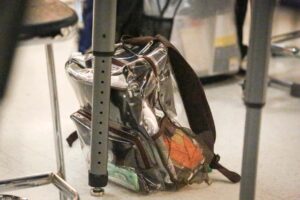
Students carry clear backpacks to a recent Students Demand Action club meeting at Hillcrest High School in Dallas.
Yfat Yossifor / KERA
Hillcrest High School is ten minutes from Jefferson High School. The school’s chapter of Students Demand Action holds meetings in Miranda Mack’s science classroom on Tuesdays. There are string lights and a rainbow pride flag displayed on the wall. The kids’ plastic and mesh backpacks are strewn about. They can’t carry regular backpacks — Dallas ISD started requiring clear backpacks last year.
The students also have to wear their school ID badge all the time. Brynn Beecham, a 16-year-old sophomore at Hillcrest High School, wears hers on a black lanyard around her neck.
“It’s to help the safety around the school,” she said.
Beecham founded the Students Demand Action chapter at her school after the school had three lockdowns.
The threats turned out to not be real. But Beecham said she’s still scared.
“I’m nervous walking in every day because I don’t know if I’m going to be able to walk out,” she said.
Someone posted threats against Hillcrest High School on social media last week. Beecham said the school called parents and increased police presence on campus.
And threats were made to several Frisco ISD campuses after the Allen shooting.
Collins said being scared of gun violence is part of being a student in Texas. Jasper High School also has a Students Demand Action chapter.
“It’s ingrained in you to be scared because it’s so common,” Collins said.
The threat of gun violence has been a part of Collins’ education for a while. She remembers doing lockdown drills as early as the second grade. One teacher recommended grabbing a textbook to use as a weapon and “go for the head.”
An unplanned escalation
Lockdown drills and national media coverage paint a certain picture of school shootings. But Riedman said most school gun violence isn’t a mass shooting with an indiscriminate shooter, like what happened in Nashville or Uvalde. He said it’s usually an escalation of a fight — and the shooter is often a student that has a habit of carrying a gun.
“They never plan to shoot someone that day,” Riedman said. “But something escalated into a shooting, and often, bystander students are struck.”
School shooters tend to be young. Two-thirds of the deadliest mass shootings since 2018 were perpetrated by people age 21 or younger according to a recent report from Rice University’s Baker Institute for Public Policy.
Dr. Sandra McKay is one of the authors of the report. She’s the Huffington Fellow in Child Health policy and an associate professor of pediatrics at UTHealth Houston’s McGovern Medical School. She said the average age of a school shooter is 16.
It’s against Texas law to sell firearms to anyone under 18. A University of Texas at Austin survey found that 76% of Texans said they support raising the age to 21. But Governor Greg Abbott has said he said he opposes doing so.
McKay said underage shooters who can’t legally purchase firearms are able to access weapons because their families don’t store them properly. She said it’s important to store firearms where teens don’t have access.
“That teen mind is impulsive,” McKay said. “So we want to reduce their ability to be impulsive with something that is a dangerous weapon to them.”
Personal responsibility?
There are bills proposed in the Texas Legislature that would create laws around safe storage. But they haven’t made it out of committee yet.
Chris McNutt is the president of the Texas Gun Rights nonprofit. He said safe storage is a good practice. But he said his organization is generally opposed to storage laws.
McNutt said the government shouldn’t tell people how to store their firearms.
“The responsibility should be on the gun owner that they properly secure their firearm in a way that makes sense to them,” he said.
McNutt also said he doesn’t support raising the age to purchase firearms in Texas from 18 to 21. He said if 18 year olds can vote and join the military, they should be able to buy a gun.
“It feels like nobody’s really looking out for you in government,” she said. “Nobody’s really looking to do something so you do actually feel safe in schools.”
Gun control legislation typically has faced stiff resistance at the state and national level.
Just days after the shooting in Allen, a Texas House committee advanced a bill that would raise the minimum age to purchase semi-automatic rifles. But the bill’s odds of becoming law are uncertain.
The bill faces an uphill climb to becoming state law, but the vote marked a milestone for the proposal that relatives of Uvalde shooting victims have been pushing for months.
Collins said she does feel supported by her school’s administration. Jasper High School’s Students Demand Action chapter participated in a nationwide walkout to protest gun violence in April.
It was a windy day, but hundreds of Jasper High school students still attended. Standing in the school’s tennis court, they chanted “No more violence! End all violence!” and “No more thoughts and prayers!” into the wind.
Hope for change
Chandler Quaile said he’s inspired by his generation’s determination to end gun violence. He’s a 21-year-old junior at Vanderbilt University and the state and local politics coordinator for Gen Z for Change. The group of young activists advocate for social justice causes.
“One of these times, activists are going to chant not one more, and it really will be the last one,” Quaile said.
Healy agrees.
“Even though we’re just a little group of students, I think we have the power to change a lot more than we realize,” she said.


